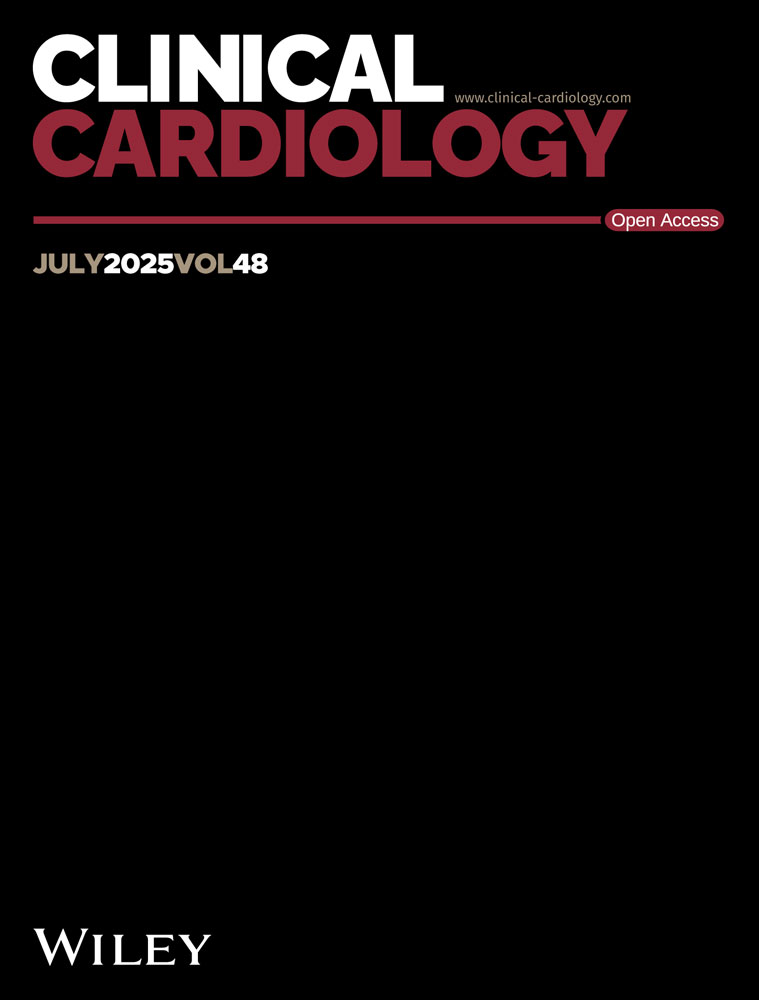A Left Hemiblock Improves Cardiac Resynchronization Therapy Outcomes in Patients With a Right Bundle Branch Block
Abstract
Background
The current recommendation for cardiac resynchronization therapy (CRT) in congestive heart failure (CHF) patients is based on QRS duration, not on QRS morphology.
Hypothesis
This study was performed to compare the effects of CRT in CHF patients with pure RBBB vs those with a coexisting left hemiblock (LHB).
Methods and Patient Population
A total of 271 consecutive patients who underwent CRT at Montefiore Medical Center were analyzed. Baseline ECGs were analyzed by 2 reviewers for RBBB and further classified into those with a coexisting LHB. Response to CRT was defined to be, at ≥ 6 months after CRT, either an improvement in ejection fraction (EF) of at least 5%, or an improvement in New York Heart Association (NYHA) CHF class. A total of 44 patients were identified: 18 had pure RBBB and 26 had a coexisting LHB. The 2 groups were similar in respect to baseline characteristics (P > 0.05).
Results
Only 4 out of 18 patients with pure RBBB compared to 18 out of 26 with LHB (P = 0.005) had an improvement in EF ≥ 5%. The mean EF was − 1% in the pure RBBB group, but + 5.4% in those with LHB (P = 0.0031). Improvement in NYHA class was seen in 0 out of 18 with pure RBBB vs 7 out of 26 patients with LHB (P = 0.03).
Conclusion
If patients with RBBB also had LHB, their response to CRT was significantly better than if they had RBBB alone. Copyright © 2010 Wiley Periodicals, Inc.




